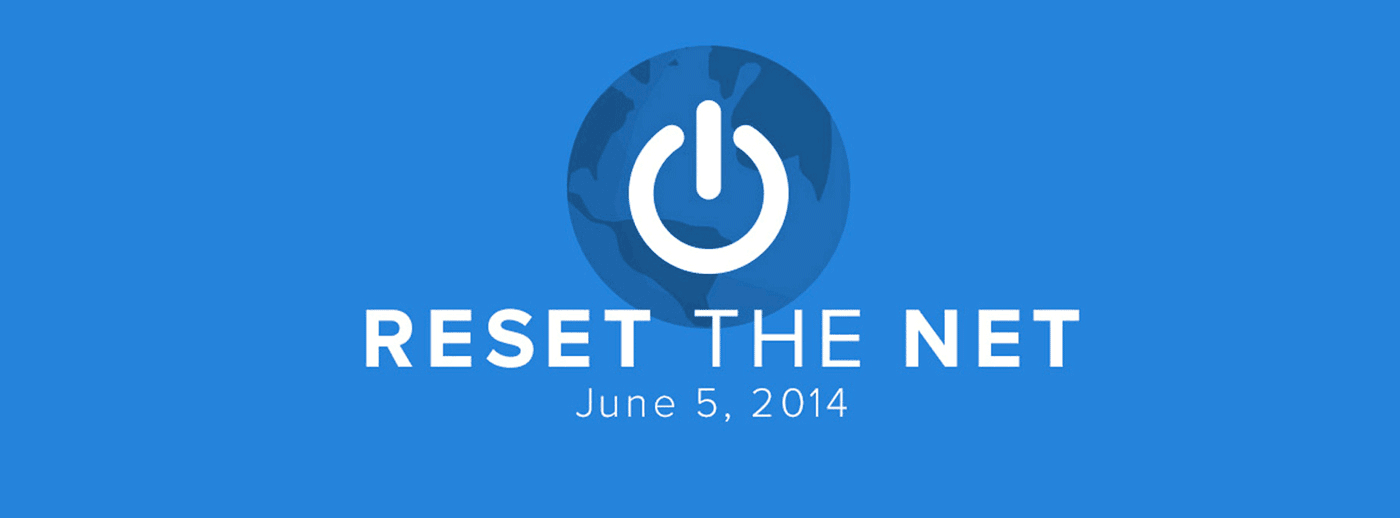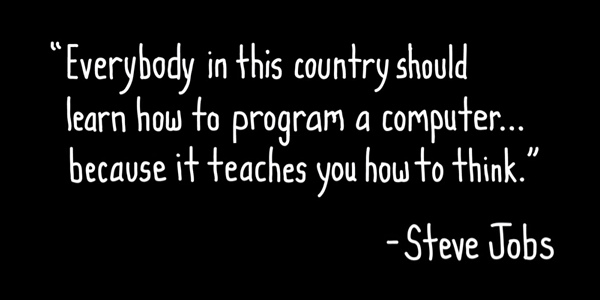As a non-technical founder, I did the worst thing possible. I created a founding team composed of other non-technical founders.
I didn’t know it at the time, but it was the death knell for my startup. It wasn’t because we got into arguments or we essentially had overlapping roles: no, it was simply the fact that none of us knew what we were doing.
It’s a problem that resonates often with people who are struggling to get into the startup scene as I once was. I’ve seen so many startups drift because their founders had no clue of what to do. All of these drifters tend to search relentlessly for the programmer of their dreams, as if in one fell swoop their inability to understand technology will be okay because, from the first grunt they hire, a team of grunts will be able to replicate out and do all of the work for them—forever until some imagined IPO for their technology startup.
It’s a problem. 90% of all small businesses fail in the first two years, and I’d wager the high failure rate with technology startups is based on the fact that so many who start these companies don’t properly appreciate their role in building out their idea.
Having lived through the experience myself, I’ve managed to snag some insights that can change the situation for the better.
1– There is no programmer who will save you from ignorance.
The wunderkind who will take on your idea and do everything for you? You’re never going to be able to attract that type if you have no idea what you’re talking about. Engineers are highly attuned to the sort of “let’s change the fields for the registration process, it should only take ten seconds!” talk that implies you know little about technology.
Even if you do somehow find somebody who is good enough to understand your idea figments and is able to translate them into crisp, actionable code, your work process will be affected because you won’t really know how to communicate efficiently with them and vice versa. You’ll never get exactly what you wanted if you don’t understand the rudiments of what your engineer is working with.
You don’t have to become an expert overnight, but there’s no excuse for not trying to cover the basics. Here’s a list of 31 free resources to get you started, and a newsletter focused on learning code. Start now, it’ll help!
![Learn code with code(love)]()
No, he’s not coming to save you.
2-You don’t even need a programmer to start testing your idea.
Surprise surprise! People get hung up on this notion that they need a bells-and-whistle online platform with all of the amenities for them to test their idea. That’s totally false. Lean and agile development have smashed that notion, and entrepreneurs have been testing their ideas out shoestring even before all that. Netflix started as a mailing service for DVDs that shipped your content physically—they only started to get on the Internet because they knew it was coming, but by then, they had already garnered a huge amount of subscriptions, so they knew their original hypothesis was correct: people would be willing to pay to access content on-demand and avoid dealing with video shops.
They didn’t need a web platform to do that. Figure out what your idea is actually testing, and test it yourself. Do you think people need an easier way to order dog food? Find forums where dog owners congregate, and ask them.
You don’t even have to mail them goods by mail. You can use a service like Unbounce: create a great landing page, and then collect emails to show that people care about what you’re selling.
A mailing list of thousands of people will help you spread your idea that much faster, and convince the star programmers you want to work with that you are their man. It will be the first sign of social proof and traction that your idea works. You’ll be the business man that can convince people to buy into an idea online, an invaluable trait engineers will be looking for.
![An Unbounce-made landing page with code(love)]()
An Unbounce-made landing page with code(love)
3-Get involved with the startup scene. Read, connect, and collaborate.
While you work on how to get a digital following, you should also increase your value as a startup founder by devouring as much as you can about startups and technology. Read through The Next Web and similar outlets, follow tech influencers such as Tim O’Reilly, read through Startup Communities, Lean Startup and Lean Analytics and other books on startups, just swallow it all up, and immerse yourself in this world. Go to the next meetup, meet the people in your startup community, and start building out a network.
The startup community works on the principle of “pay it forward”, so don’t be shy asking for help, and coffees from established influencers: more likely than not, they’ll say yes, in the hopes that you’ll do the same when you are faced with someone seeking advice. This is how a community grows strong: through collaboration. Embrace it.
![Startup community with code(love)]()
Startup community with code(love)
————————————————————————————–
Founding a startup is already difficult. You can make it easier for yourself by learning what I have struggled through failure to appreciate. We all have the capacity to build something meaningful, with or without technical knowledge: now it’s up to you to step up, and prove you can build, while embracing the new knowledge and people who will form an integral part of your new venture.
If this inspired you to learn code, and build something great, join our mailing list.

















